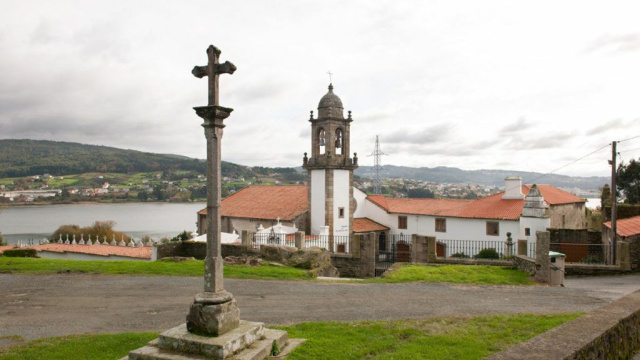What to See

Monasterio de San Martiño do Couto
The monastery of San Martiño de Xuvia is located in a privileged enclave in the municipality of Narona. In the parish of O Couto, a few metres from the estuary, the monastery, currently owned by the diocese of Mondoñedo-Ferrol, is one of the main tourist attractions of the city. Various studies place the date of construction of this monastery in the 9th century, although they all agree that it reached the height of its splendour when it was incorporated into the Order of Cluny in the 12th century, following a donation from the Traba family. Previously, in the Middle Ages, the Benedictine monks took charge of both the church and the rectory. Until the disentailment of Mendizábal, which began in Spain in the 18th century, the monastery was incorporated as a priory into the monastery of San Salvador de Lourenzá (Lugo). The construction preserves the Romanesque church from the 12th and 13th centuries, although over the years some work has been carried out to conserve it. The basilica floor plan of the temple has three naves with five sections with rounded arches and the sculpted capitals on pillars of large columns separate the main nave from the building. Inside, several tombs from the medieval period are preserved, including that of the knight Rodrigo Esquío, from the 15th century. The exterior of the monastery has three apses with semicircular windows, as well as its main façade, which has undergone several reconstructions. The Ministry of Culture declared this monastery, located in the middle of the Xacobean route of the English Way, a national artistic monument in 1972. The intense programme designed from the areas of Tourism and Culture of the City Council of Narón includes the call, during the year, of guided tours to the monastery and also chamber concerts inside the church.

















































































































































































